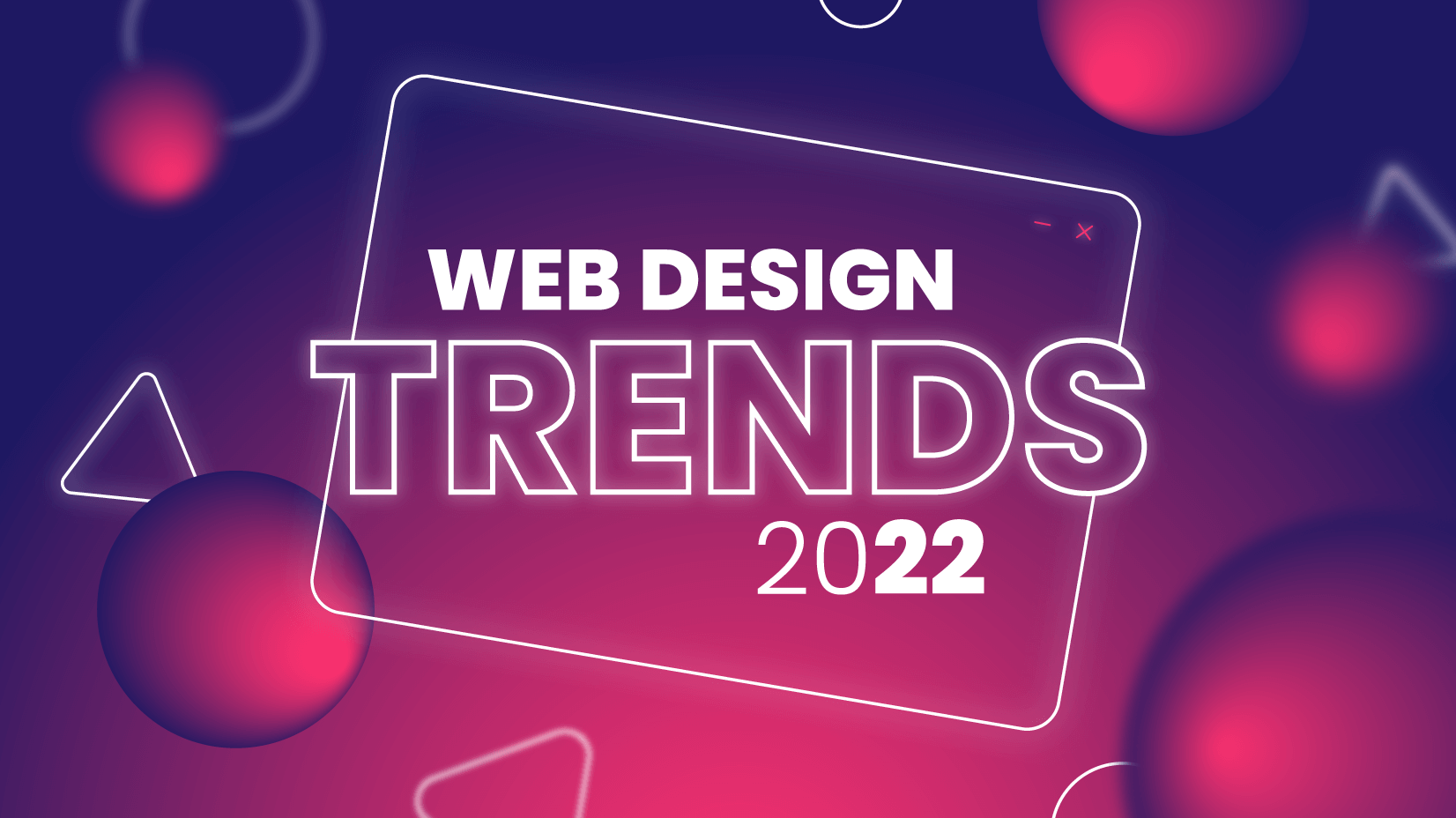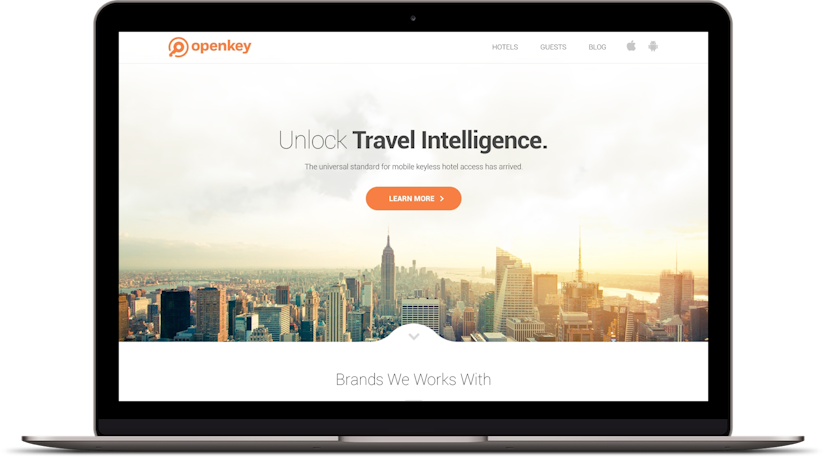All Categories
Featured
Table of Contents
- – Web Design Inspiration : The Best Website Desi...
- – 10 Good Deeds In Web Design - Nielsen Norman ...
- – Web Development Bachelor's Degree - Full Sail...
- – 10 Principles Of Good Web Design - Smashing M...
- – Mrw Web Design - Wordpress Websites For Nonpr...
- – Web Design Museum 1991 – 2006 Tips and Tricks:
- – What Does A Web Designer Do? - Careerexplore...
- – Web Design Services + Website Development Ag...
- – Web Design - Linkedin Learning, Formerly Lyn...
- – Web Designer News - The Best Curated News Fo...
- – Web Design Services By Freelance Website Des...
Web Design Inspiration : The Best Website Design Ideas Tips and Tricks:
Quick summary Use and the utility, not the visual design, determine the success or failure of a site. Since the visitor of the page is the only individual who clicks the mouse and therefore decides whatever, user-centric design has actually developed as a standard method for effective and profit-oriented web style - web design frederick md.
and the energy, not the visual style, determine the success or failure of a website. Since the visitor of the page is the only person who clicks the mouse and therefore decides whatever, user-centric design has actually become a basic approach for effective and profit-oriented web style. If users can't use a function, it might as well not exist.
g. where the search box need to be put) as it has currently been done in a number of posts; rather we focus on the techniques which, used properly, can lead to more sophisticated design choices and simplify the process of perceiving provided info. Please see that you might be thinking about the usability-related posts we've released before: Concepts Of Great Site Design And Reliable Website Design Guidelines, In order to use the principles properly we initially require to understand how users interact with websites, how they think and what are the fundamental patterns of users' behavior.
10 Good Deeds In Web Design - Nielsen Norman Group Tips and Tricks:
Visitors look at each brand-new page, scan some of the text, and click the very first link that captures their interest or slightly looks like the important things they're looking for. In reality, there are large parts of the page they do not even take a look at. The majority of users search for something intriguing (or useful) and clickable; as quickly as some promising prospects are found, users click.
If a page provides users with top quality content, they want to jeopardize the content with ads and the design of the website. This is the reason that not-that-well-designed websites with premium material gain a great deal of traffic over years. Material is more crucial than the design which supports it.

Very simple principle: If a site isn't able to fulfill users' expectations, then designer stopped working to get his job done properly and the company loses money. The greater is the cognitive load and the less instinctive is the navigation, the more prepared are users to leave the website and search for options.
Web Development Bachelor's Degree - Full Sail University Tips and Tricks:
Neither do they scan website in a linear fashion, going sequentially from one website section to another one. Rather users satisfice; they choose the first reasonable alternative. As quickly as they discover a link that appears like it may cause the goal, there is a great possibility that it will be immediately clicked.
It does not matter to us if we comprehend how things work, as long as we can utilize them. If your audience is going to act like you're designing billboard, then style fantastic billboards." Users want to have the ability to manage their browser and count on the consistent data discussion throughout the site.
If the navigation and website architecture aren't user-friendly, the variety of question marks grows and makes it harder for users to comprehend how the system works and how to receive from point A to point B. A clear structure, moderate visual clues and easily identifiable links can assist users to discover their course to their goal.
10 Principles Of Good Web Design - Smashing Magazine Tips and Tricks:

Because users tend to explore sites according to the "F"-pattern, these three statements would be the first components users will see on the page once it is loaded. The style itself is simple and intuitive, to understand what the page is about the user needs to browse for the answer.
As soon as you've achieved this, you can communicate why the system is useful and how users can take advantage of it. People will not utilize your website if they can't discover their method around it. 2. Do Not Misuse Users' Persistence, In every job when you are going to provide your visitors some service or tool, try to keep your user requirements very little.
Novice visitors are ready to, not filling long web forms for an account they may never ever utilize in the future. Let users explore the site and discover your services without forcing them into sharing personal information. It's not affordable to force users to enter an e-mail address to check the feature.
Mrw Web Design - Wordpress Websites For Nonprofits ... Tips and Tricks:
Stikkit is a best example for an user-friendly service which needs almost absolutely nothing from the visitor which is inconspicuous and soothing. And that's what you desire your users to feel on your website. Obviously, Termite requires more. The registration can be done in less than 30 seconds as the form has horizontal orientation, the user doesn't even need to scroll the page.
A user registration alone is enough of an impediment to user navigation to cut down on inbound traffic. Handle To Focus Users' Attention, As websites provide both fixed and dynamic content, some elements of the user interface bring in attention more than others do.
Focusing users' attention to specific locations of the site with a moderate use of visual elements can help your visitors to obtain from point A to point B without thinking of how it actually is supposed to be done. The less concern marks visitors have, the they have and the more trust they can establish towards the business the website represents.
Web Design Museum 1991 – 2006 Tips and Tricks:
Strive For Feature Exposure, Modern web styles are usually criticized due to their method of guiding users with visually appealing 1-2-3-done-steps, big buttons with visual results etc. From the style viewpoint these elements really aren't a bad thing.
The website has 9 primary navigation choices which are noticeable at the first glimpse. What matters is that the material is well-understood and visitors feel comfy with the way they engage with the system.
com gets straight to the point. No adorable words, no overemphasized declarations. Instead a price: simply what visitors are searching for. An ideal option for reliable writing is touse short and succinct expressions (come to the point as rapidly as possible), use scannable layout (classify the content, utilize several heading levels, use visual aspects and bulleted lists which break the flow of uniform text blocks), usage plain and unbiased language (a promo does not need to seem like advertisement; provide your users some sensible and unbiased reason that they must utilize your service or remain on your site)6.
What Does A Web Designer Do? - Careerexplorer Tips and Tricks:
Users are hardly ever on a website to take pleasure in the design; moreover, most of the times they are trying to find the details regardless of the style - web design frederick md. Pursue simplicity rather of intricacy. From the visitors' viewpoint, the best site style is a pure text, with no advertisements or further content obstructs matching precisely the query visitors used or the content they've been trying to find.
Finch clearly presents the details about the website and gives visitors an option of options without overcrowding them with unneeded content. 7. Do not Hesitate Of The White Space, Really it's truly hard to overestimate the significance of white area. Not only does it help to for the visitors, however it makes it possible to view the info provided on the screen.
Complex structures are harder to read, scan, evaluate and work with. If you have the choice between separating two style segments by a noticeable line or by some whitespace, it's typically much better to use the whitespace service. (Simon's Law): the better you handle to provide users with a sense of visual hierarchy, the much easier your material will be to perceive.
Web Design Services + Website Development Agency Tips and Tricks:
The same conventions and guidelines ought to be applied to all elements.: do the most with the least amount of cues and visual components. Clarity: all elements need to be developed so their significance is not ambiguous.
Conventions Are Our Good friends, Standard design of website aspects doesn't result in a boring web site. In fact, as they reduce the finding out curve, the need to figure out how things work. It would be an use headache if all websites had various visual presentation of RSS-feeds. That's not that different from our routine life where we tend to get utilized to fundamental principles of how we organize data (folders) or do shopping (placement of products).
understand what they're anticipating from a site navigation, text structure, search positioning etc. A case in point from use sessions is to translate the page in Japanese (presuming your web users don't understand Japanese, e. g. with Babelfish) and provide your functionality testers with a job to discover something in the page of various language.
Web Design - Linkedin Learning, Formerly Lynda.com Tips and Tricks:
Steve Krug suggests that it's much better to, however benefit from conventions when you don't. 10. Test Early, Test Frequently, This so-called TETO-principle must be used to every web style task as use tests often provide into significant issues and issues associated with a given layout. Test not too late, not insufficient and not for the incorrect factors.
Some important points to bear in mind: according to Steve Krug, and testing one user early in the project is much better than screening 50 near completion. Accoring to Boehm's first law, errors are most frequent during requirements and style activities and are the more expensive the later on they are removed.
That means that you create something, test it, repair it and then check it once again. There might be problems which haven't been found during the preliminary as users were almost obstructed by other issues. usability tests. Either you'll be indicated the problems you have or you'll be indicated the absence of major design flaws which is in both cases a beneficial insight for your project.
Web Designer News - The Best Curated News For Designers Tips and Tricks:

This holds for designers also. After you have actually worked on a website for couple of weeks, you can't observe it from a fresh viewpoint anymore. You know how it is developed and for that reason you know exactly how it works you have the wisdom independent testers and visitors of your site would not have.
It can be linked to other locations such as graphic style, user experience, and multimedia arts, however is more aptly seen from a technological viewpoint. It has actually become a big part of individuals's daily lives. It is hard to picture the Web without animated graphics, various designs of typography, background, videos and music.

Throughout 1991 to 1993 the World Wide Web was born. Text-only pages might be seen utilizing an easy line-mode internet browser. There had actually been no integrated method to graphic style components such as images or sounds.
Web Design Services By Freelance Website Designers - Fiverr Tips and Tricks:
The W3C was produced in October 1994 to "lead the World Wide Web to its full capacity by establishing common procedures that promote its advancement and ensure its interoperability." This discouraged any one company from monopolizing a propriety web browser and programs language, which might have modified the effect of the Web as a whole.
As this has actually happened the technology of the web has likewise moved on. There have likewise been significant changes in the method people utilize and access the web, and this has changed how websites are created. Because the end of the web browsers wars [] brand-new web browsers have actually been released. Much of these are open source meaning that they tend to have faster development and are more helpful of brand-new standards.
Learn more about Lovell Media Group LLC or TrainACETable of Contents
- – Web Design Inspiration : The Best Website Desi...
- – 10 Good Deeds In Web Design - Nielsen Norman ...
- – Web Development Bachelor's Degree - Full Sail...
- – 10 Principles Of Good Web Design - Smashing M...
- – Mrw Web Design - Wordpress Websites For Nonpr...
- – Web Design Museum 1991 – 2006 Tips and Tricks:
- – What Does A Web Designer Do? - Careerexplore...
- – Web Design Services + Website Development Ag...
- – Web Design - Linkedin Learning, Formerly Lyn...
- – Web Designer News - The Best Curated News Fo...
- – Web Design Services By Freelance Website Des...
Latest Posts
Web Design Museum 1991 – 2006 Tips and Tricks:
Web Design Services - Verizon Small Business Essentials Tips and Tricks:
Web Design Services - Networksolutions.com Tips and Tricks:
More
Latest Posts
Web Design Museum 1991 – 2006 Tips and Tricks:
Web Design Services - Verizon Small Business Essentials Tips and Tricks:
Web Design Services - Networksolutions.com Tips and Tricks: